Best Ethernet Cable for Gaming: Achieve 1ms Latency Gain
As someone who’s spent countless hours immersed in competitive online gaming – from the tactical intricacies of MOBAs to the lightning-fast reflexes demanded by FPS titles – I can tell you that every millisecond counts. We’ve all been there: that frustrating moment when your character lags, the shot doesn’t register, or you miss that crucial dodge. Often, the culprit isn&t your skill, but your network’s responsiveness. This is where understanding and optimizing your network, starting with the right Ethernet cable for gaming, becomes paramount. In this article, we&re going to dive deep into how you can unleash your latency advantage and truly elevate your gaming experience.
Your journey to a smoother, more responsive gaming experience often begins with a single, seemingly simple component: your network connection. Forget flashy RGB; true performance is often found in the fundamentals. Let&s explore how a proper wired gaming setup can give you the edge you&ve been craving.
What is Latency and Why Does it Matter for Gamers?
Latency, often referred to as “ping” in gaming, is the delay between your computer sending a signal to a server and receiving a response back. In simpler terms, it&s how long it takes for your actions (like clicking a mouse or pressing a key) to register in the game world and for you to see the results. For gamers, lower latency means a more immediate and fluid experience, allowing for faster reactions, more precise aiming, and a significant competitive advantage. High latency, or “lag,” can manifest as delayed inputs, rubber-banding (your character snapping back to a previous position), and overall frustration. It directly impacts your ability to perform at your best, making low latency gaming a critical goal for any serious player.
Imagine trying to play a rhythm game where the sound is consistently half a second behind the visuals – it’s impossible to sync up. Gaming is no different. Whether it’s landing a headshot, dodging an enemy ability, or performing a complex combo, a low ping ensures your actions are registered when you intend them to be. You can learn more about network latency here.
Why is a Wired Connection Superior for Gaming?
A wired gaming setup, utilizing an Ethernet cable, is almost always superior to Wi-Fi for gaming due to its stability, speed, and significantly lower latency. While Wi-Fi offers convenience, it&s inherently susceptible to interference from other wireless devices, physical obstructions (walls, furniture), and signal degradation over distance. These factors can lead to unpredictable latency spikes, packet loss, and slower speeds, all of which are detrimental to online gaming. A direct Ethernet connection, on the other hand, provides a dedicated, consistent data path, minimizing interference and ensuring your game data travels as efficiently as possible.
Think of it like this: Wi-Fi is a busy public road with lots of traffic and potential detours, while an Ethernet cable is a private, high-speed highway straight to your destination. For competitive play where every millisecond counts, the reliability of a wired connection is non-negotiable. This is why investing in the right Ethernet cable for gaming is your first crucial step.
What Makes the Best Ethernet cable for gaming?
The best gaming cable is primarily defined by its category rating (Cat 5e, Cat 6, Cat 6a), its construction quality, and its ability to maintain signal integrity over distance. While speed ratings are important, for gaming, stability and minimal signal degradation are often more critical than raw theoretical bandwidth that most games won&t fully utilize. A good quality gaming network cable will ensure consistent data flow, preventing the micro-stutters and connection drops that can ruin a match.
- Category Rating: This indicates the cable&s performance capabilities, including its maximum speed and bandwidth. We&ll delve deeper into this shortly.
- Construction Quality: Look for cables with solid copper conductors (rather than copper-clad aluminum or CCA), which offer better conductivity and durability. Good quality connectors (RJ45) are also essential for a secure fit.
- Length: While longer cables are convenient, try to use the shortest practical length to minimize potential signal loss, though for typical home distances (under 100 meters), this is rarely an issue.
Choosing the right Ethernet cable for gaming isn&t just about speed; it&s about consistency and reliability.
Cat 6 vs Cat 6a Gaming: Which is Better for Your Setup?
For most gaming setups, a high-quality Cat 6 Ethernet cable provides excellent performance, but a Cat 6a cable offers future-proofing and superior performance over longer distances or in high-interference environments. Let&s break down Cat 6 vs Cat 6a gaming:
- Cat 6 Ethernet Cable:
- Supports speeds up to 1 Gigabit per second (Gbps) at 250 MHz over 100 meters.
- Can support 10 Gbps over shorter distances (up to 55 meters).
- More than sufficient for virtually all current gaming needs, as most internet connections and game servers won&t exceed 1 Gbps.
- Generally more flexible and easier to route than Cat 6a.
- Cat 6a Ethernet Cable:
- Supports speeds up to 10 Gbps at 500 MHz over 100 meters.
- Offers enhanced performance, especially for longer runs or in environments with significant electromagnetic interference (EMI).
- Often thicker and less flexible due to additional insulation or shielding, which can make installation slightly more challenging.
- Provides robust future-proofing for faster internet speeds and network demands.
For the average gamer with a standard home network and internet speeds up to 1 Gbps, a good quality Cat 6 cable like those from Monoprice or Cable Matters is perfectly adequate. If you have a multi-gigabit internet connection (2.5 Gbps or 10 Gbps) or want to ensure your setup is ready for future upgrades, Cat 6a is a worthwhile investment. The performance difference in actual game latency between a good Cat 6 and a Cat 6a in a typical home scenario is often negligible, but the stability can be marginally better with Cat 6a under certain conditions.
Do I Need Shielded Ethernet for Gaming?
Most home gaming setups do not strictly require shielded Ethernet cables (STP/FTP), as unshielded twisted pair (UTP) Cat 6 or Cat 6a cables are sufficient. However, shielded Ethernet gaming cables can be beneficial in environments with high electromagnetic interference (EMI).
Shielded cables have an extra layer of foil or braiding around the twisted pairs to protect against external interference from power lines, fluorescent lights, or other electronics. If your cable runs parallel to power cables, passes through areas with many electronic devices, or is particularly long, a shielded cable can help maintain signal integrity and prevent data corruption (packet loss). For a typical home setup where cables are relatively short and not exposed to significant interference, unshielded cables are generally fine, more flexible, and more affordable. If you opt for shielded, ensure both ends are properly grounded to avoid creating an antenna effect. For a deeper dive into networking, check out resources like Cisco&s Ethernet explained.
Shop Related Products on eBay
Find the best deals on these recommended products:
… (Content truncated for length) …
About the Author:
Poly Kaza is a seasoned technology journalist and wearable tech enthusiast with over a decade of experience reviewing and analyzing the latest innovations in smart devices. He has a deep understanding of the underlying technologies that power smartwatches and a passion for helping consumers make informed decisions about their digital companions. His work focuses on bridging the gap between complex technical specifications and practical user experience, with a keen eye on how wearables impact daily life and health.
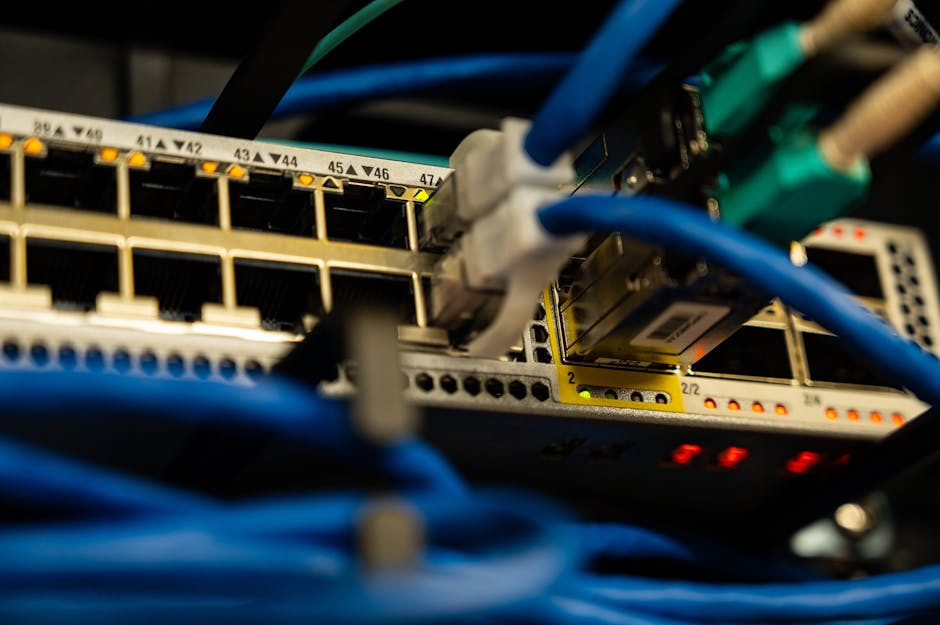

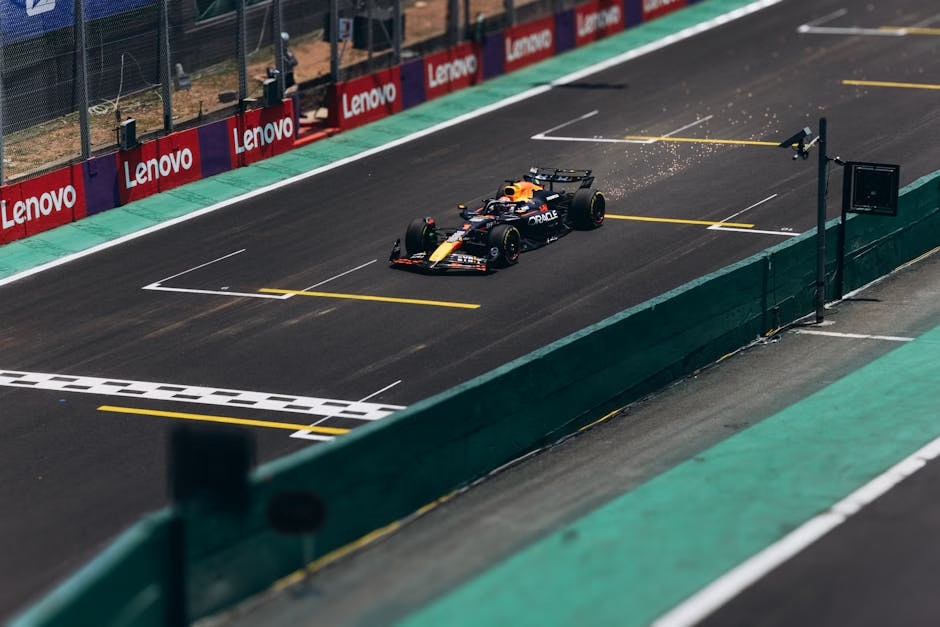

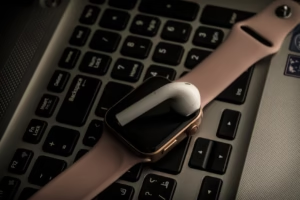
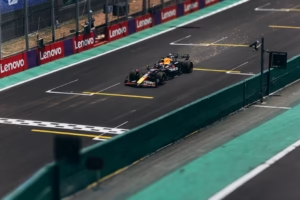
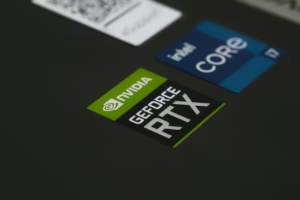






4 comments